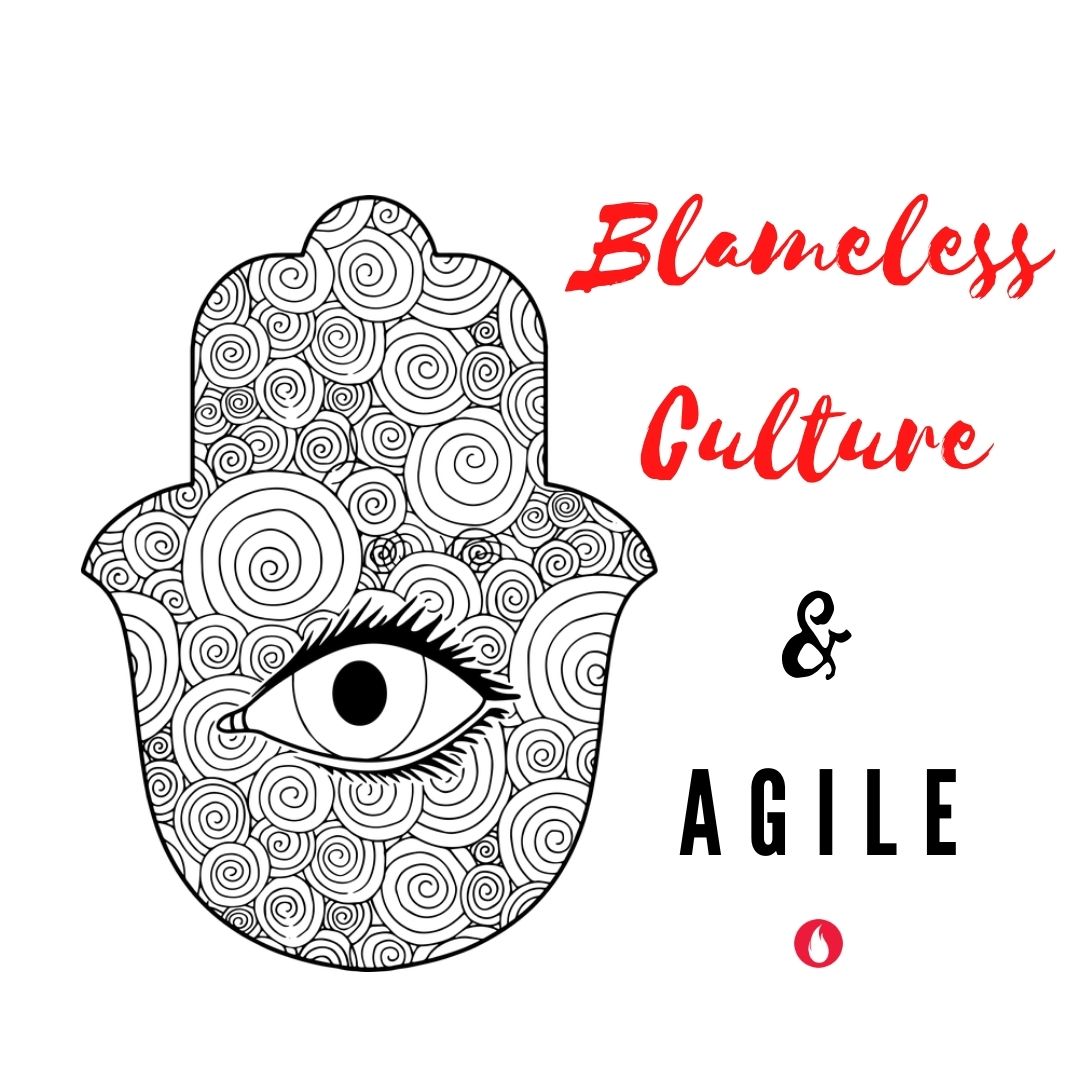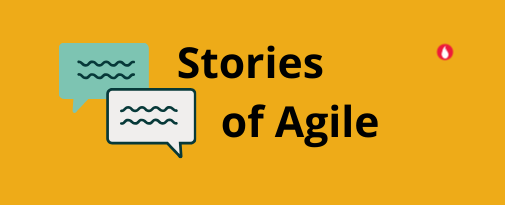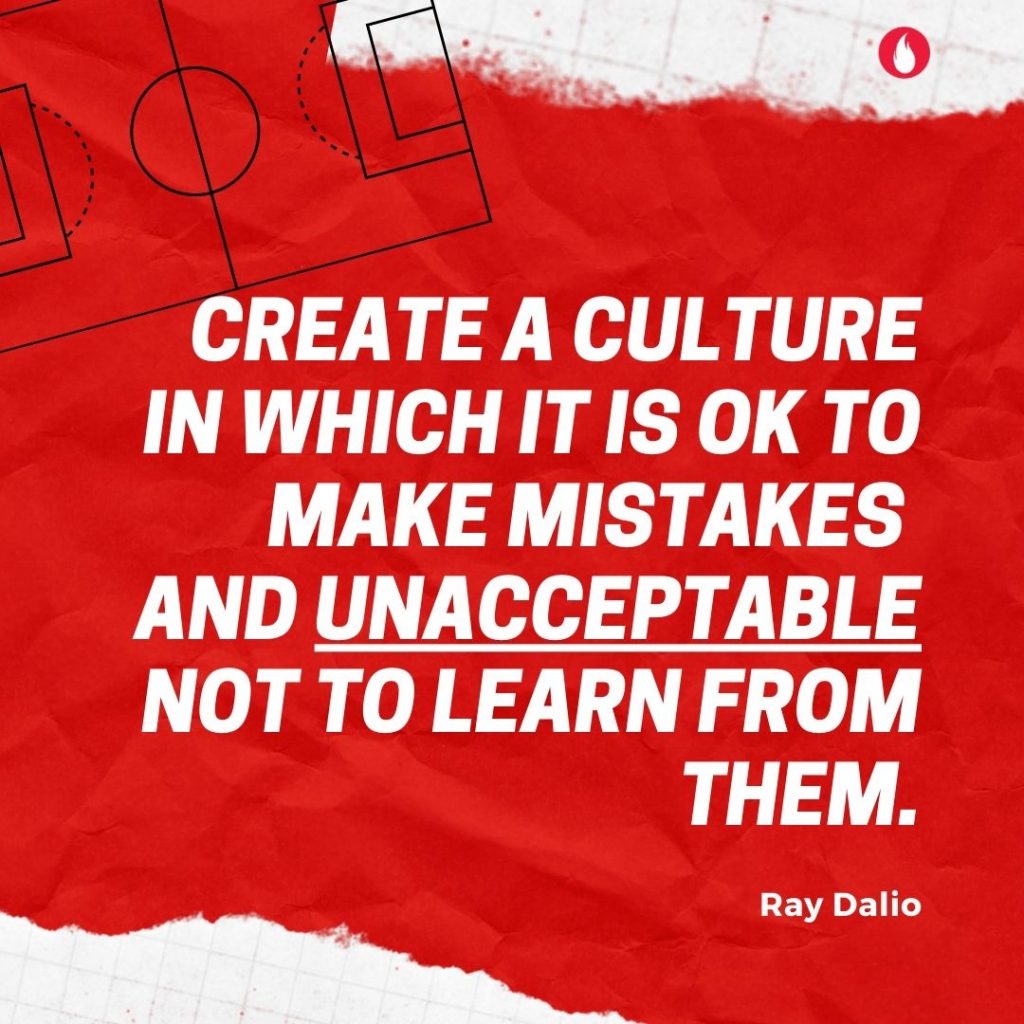
Have you noticed how pervasive “blame” is in the society we live in? Tuning into the news channels for even a few minutes will make the blame-game and finger pointing obvious. So much so, blame is part of mainstream cultures. With blame-culture being so prevalent in society, is it any surprise that blame is rampant in the corporate world too?
The blame-culture costs organisations dearly. Here is how it hurts: success in today’s world is a function of how well organisations experiment, reflect and learn. A blame-culture inhibits the sharing and transparency needed for learning. For organisations which find themselves stuck in a blame culture – Agile principles help navigate their culture away from blame. In this edition we feature one organisation that has done it well. Etsy the ecommerce firm has established blameless review culture based on an agile way of working.
Etsy has also put in the public domain its guide for conducting such reviews. It is in the link below. Fabulous is the word! Consider this extract from the guide.
“At Etsy, we believe that when failures happen, we have a simple choice to make:
• Do we want to react to this failure from a place of hindsight and judgment of people’s actions and decisions taken out of context?
• Or do we want to truly learn from the event by giving voice to the diverse perspectives and stories of the people closest to the work?
It should be obvious at this point, but we choose the latter option.”
Etsy
Learning inhibited by blame-culture
Before we dive into the agile principles which help us prevent a blame culture, let us explore a consequence of the blame culture: an organisation struggles to learn and relearn. Why might that be the case? Employees in organisations need opportunities and psychological safety to experiment and learn from them. This learning curve is inhibited when blame-culture is rampant and reflection opportunities are not well woven. Here are two research backed reasons to consider.
1) Blame is viral and contagious
2) Reflection takes nurturing and effort.
Blame is viral and contagious
A joint study by Stanford and USC found that ‘blaming’ was contagious. Individuals who watched someone blame another for mistakes went on to do the same with others. Read the detailed report here and here.
Reflection takes nurturing and effort
Reflection on the other hand takes practice and a nurturing ecosystem to thrive. Research has shown that unless reflective practice shifts from the event itself to counter factual scenarios, it is ineffective. This needs organisations to shift focus from ‘who can we blame’ to ‘what can we learn from it?’.

Here is how Etsy did it.
Etsy is an ecommerce site with 5 million regular users. They specialise in handmade and vintage products. With 2.5+ BUSD revenue, it is a complex and large operation. If you were an employee at Etsy and you were involved in an incident which caused an outage to the system, you would gather around for a review of the incident, with the larger team. In most companies you would expect a blame-game to ensue. What instead happens at Etsy, is a careful reconstruction of the timeline of events. You and your team members would describe the assumptions made and what expectations you had. You quickly realise the team at Etsy is not looking to find a ‘who’ to blame but rather a ‘what’. They are looking for ‘second stories‘. Stories which go beyond the ‘I should have been more careful’ or ‘I missed it’. These are the stories which help the organisation understand the underlying issues which caused the incident. And prevent them in future.
Another real-life story from Etsy, is when a code change deployed by an engineer brought down their ecommerce website for 9 minutes. The engineer was already feeling miserable and knew it was his mistake. He owned up right away, saying he should have been more careful. The trained facilitator asked him to describe the events that led up the code deployment and outage. While describing the preceding events is when the engineer realised, he had indeed followed the protocol. The mix up had occurred because of a counter intuitively designed dashboard. The relevant team members made note and that ensured a similar error would not be repeated.
Resources to conduct blameless reviews
Etsy has released an application called Morgue, which can be downloaded for free here. This application helps track and manage reviews without blame. Etsy has also made available their facilitator training guide, to conduct blameless reviews. As we stated earlier blame comes naturally and blameless reflection needs more practice.
Etsy is not alone in this journey.
1. Here is a guide from google, on how they conduct blameless reviews.
2.Hootsuite has adopted 5-Why process for blameless reviews, read more about it here.
3. Airbnb’s blameless post-mortem process document is available for reading here.
Do you have other examples? Please do share them and we will only be happy to share it forward in our community of practitioners.
Agile and Blameless Review Culture
The Agile Manifesto sets the stage for a blameless review culture, when they advocate the following principle. ‘At regular intervals, the team reflects on how to become more effective, then tunes and adjusts its behaviour accordingly’. This act of reflection will need an ecosystem which encourages transparency and psychological safety. Etsy was able to prove to its employees that they were helping the organisation figure out the mistake and prevent its recurrence, by sharing details. This framing becomes critical to leverage an agile mindset and create a blameless culture.

Here is the round-up of the Thirteenth edition of the Agile OWL
From social media:
1. For all you Scrum practitioners out there, the updated Scrum Guide 2020 is now available. The Scrum values are now added into the document itself and various other feedback incorporated say the creators Jeff Sutherland and Ken Schwaber (the duo were part of the 17 leaders who created the Agile Manifesto too). Read more here.
2. MIT Sloan in a tribute to agile ways of working ran an insightful article on 10 ways smaller and more agile teams can achieve more productivity for the organisation. Read the full article here.
3. We think of Agile as a mindset for ways of working. What if you could use some of these methodologies to draw up contracts with clients. Zupit is a firm which has done just this. Read more here.
4. One of the Agile founders, was asked recently on why there are so many misconceptions about Agile. It’s a fascinating read and conversation on Twitter from Andrew Hunt , dive in.
From the bookshelf:
The first edition of the Art of Agile Development by James Shore and Shane Warden has become a much sought after reference book for practitioners. They duo are ready to release the second edition of this book. Here is where you can read entire chapters and opine on them too.
From the resource box:
With Thanksgiving around the corner, if you are looking for resources to have a fun time with your virtual teams, an online scavenger hunt may be an option. Here is the activity from Session lab.
From the trivia & fact box:
According to ancient tradition, two goats were sacrificed during the Jewish Day of Atonement. One was slain in the community, while the other received all the sins of the people on its back and was driven out into the wilderness. That second animal got a special name in a biblical translation in the 16th century: It was called the scapegoat.
#AgileQuotes to sign off..

Note : This post is Edition 13 of the Agile OWL from the OWL umbrella. The Agile OWL is a newsletter focused on the human experiences and stories within agile transformations. Sign up to receive the newsletter here







